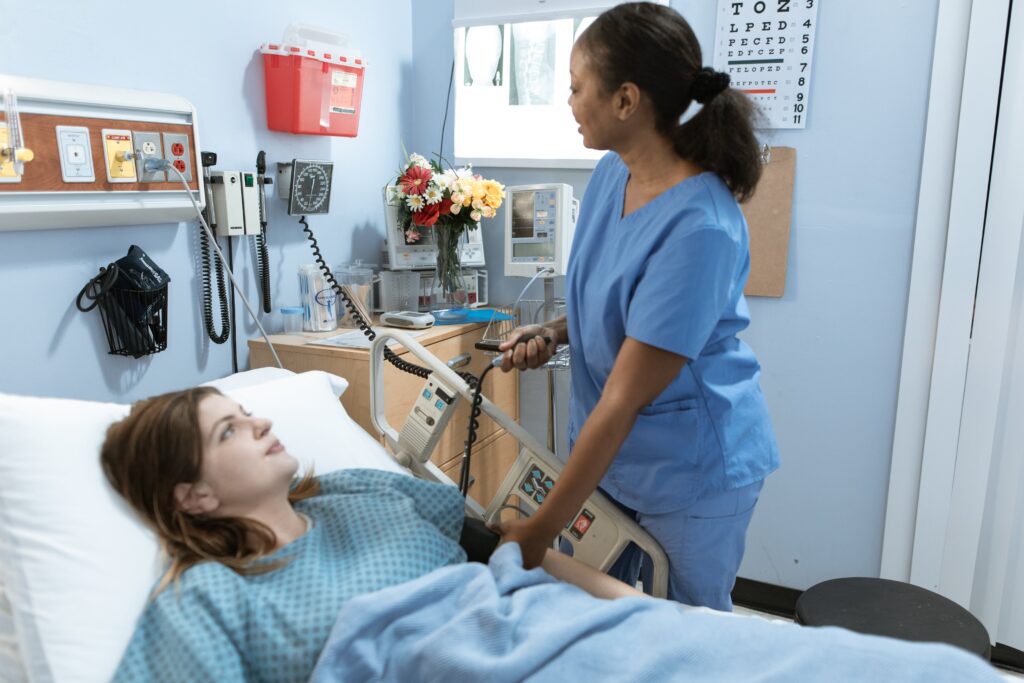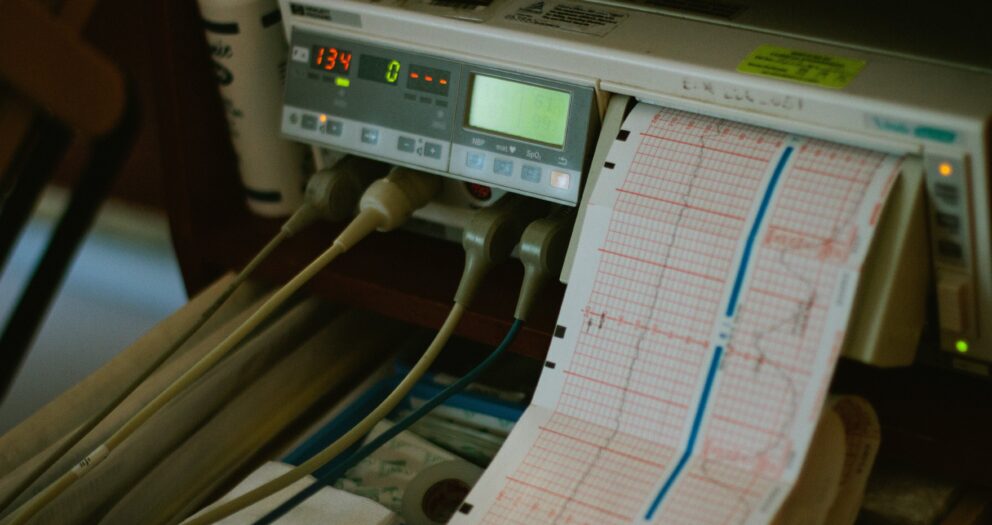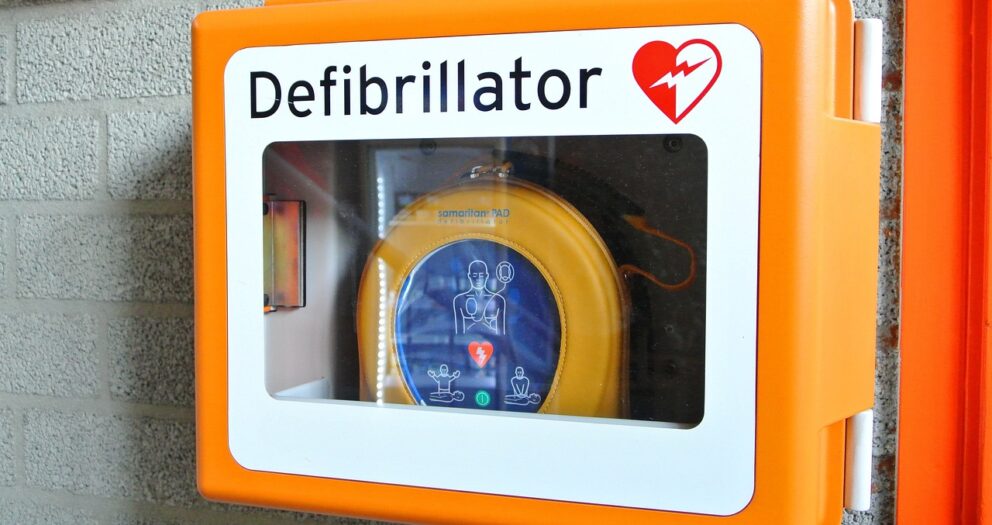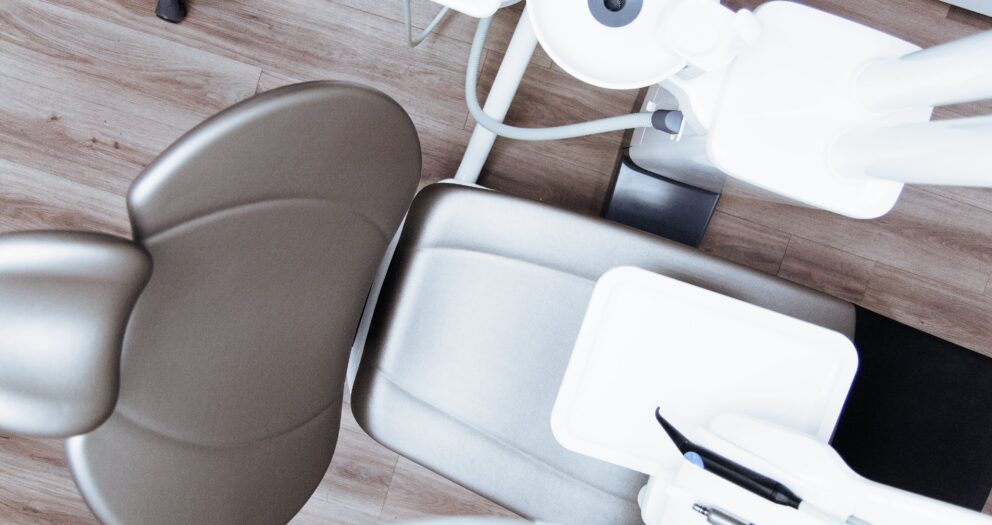Hospital electric beds have enhanced patient care, comfort, and mobility within healthcare facilities. These advanced beds are designed to provide patients with a higher degree of comfort, enable healthcare professionals to provide better care, and enhance the overall hospital experience. In this comprehensive guide, we will delve into the proper use of a hospital electric bed, ensuring that both patients and medical staff can maximize its benefits.
The Benefits of Hospital Electric Beds
Hospital electric beds are a significant upgrade from traditional manual beds. As their name suggests, they come with electrically powered mechanisms. These iterations allow for effortless adjustments to the bed’s position, and height, among other features.
They are particularly beneficial for patients with limited mobility, those recovering from surgery, and those requiring constant medical attention. Further, they promote patient satisfaction, safety, and comfort.
Components of a Hospital Electric Bed
Before we delve into the proper use of an electric bed, it’s important to understand its key components:
1. Bed Frame
The bed frame serves as the foundation for the mattress and is equipped with mechanisms that control the bed’s various adjustments.
2. Remote Control
The remote control is the interface through which adjustments to the bed’s position and features are made. It has buttons for raising and lowering the head, raising and lowering the foot, and adjusting the bed height.
It also has prompts for activating special features like Trendelenburg or reverse Trendelenburg positions.
3. Side Rails
Hospital electric beds often come with adjustable side rails that can be raised or lowered to ensure patient safety.
4. Mattress Platform
The mattress platform is where the mattress rests. It can be adjusted to various positions for optimal patient comfort and medical care.

How to Use a Hospital Electric Bed Properly
Using a hospital electric bed correctly requires a combination of understanding its features and following proper protocols:
1. Patient Safety Comes First
Before making any adjustments, ensure that the patient is in a safe and comfortable position on the bed. Make sure the side rails are up if needed, and ensure that any cables or tubes are not caught or obstructed by the movement of the bed.
2. Adjusting the Bed Height
The bed’s height can be adjusted to facilitate patient care and transfer. Follow these steps:
- Ensure the bed is on a flat and even surface.
- Use the remote control to adjust the bed height as needed. Lower the bed to a comfortable height for patient transfer and medical procedures. Raise the bed to a higher position for caregiving tasks without straining the healthcare provider’s back.
3. Raising and Lowering the Head and Foot
The ability to raise and lower the head and foot of the bed enhances patient comfort and aids medical procedures. Here’s how:
- To raise the head of the bed, press the corresponding button on the remote control. This can help patients sit up, eat, or interact with visitors comfortably.
- To raise the foot of the bed, press the appropriate button. This can help elevate the patient’s legs, promoting circulation and reducing swelling.
- Communicate with the patient to ensure they are comfortable with the adjustments.
4. Using Trendelenburg and Reverse Trendelenburg Positions
Some hospital electric beds offer the Trendelenburg and reverse Trendelenburg positions, which involve tilting the entire bed to different angles. Here’s how to use them:
- Trendelenburg Position: This involves tilting the bed with the head lower than the feet. It’s often used during surgeries and to aid in patient positioning for medical procedures.
- Reverse Trendelenburg Position: In this position, the head of the bed is elevated higher than the feet. It’s useful for patients with respiratory issues or to improve comfort during certain medical treatments.
5. Adjusting Side Rails
Side rails provide an added layer of safety for patients. Here’s how to use them effectively:
- Before adjusting the side rails, ensure the patient is in a comfortable position and aware of the upcoming adjustments.
- Gently lower the side rail on the side you’re working to facilitate caregiving or patient transfer.
- Always ensure the side rail is securely locked in the raised position when the patient is resting or sleeping to prevent accidental falls.
6. Communication and Patient Comfort
Throughout the process, maintain open communication with the patient. Always inquire about their comfort level, preferences, and any adjustments they might need. Some patients might require more frequent repositioning, especially if they have limited mobility.
7. Bed Exit Alarms
Many hospital electric beds are equipped with bed exit alarms that alert medical staff when a patient attempts to get out of bed. Ensure these alarms are activated to prevent falls and accidents.
Maintenance and Safety Considerations
To ensure the longevity of the hospital electric bed and the safety of both patients and caregivers, follow these maintenance and safety tips:
- Regularly inspect the bed’s components for any signs of wear, damage, or malfunction. Immediately report any issues to the hospital’s maintenance team.
- Keep the bed clean and sanitized, following hospital protocols for infection control.
- Train healthcare professionals on the proper use of the bed to prevent any mishandling that might lead to patient discomfort or injuries.
- Always use the bed’s brakes when it’s stationary to prevent unintended movement.
- Keep the bed’s remote control within the patient’s reach, so they can make adjustments themselves as needed.
Conclusion
Hospital electric beds are a valuable asset in modern healthcare facilities, contributing to patient comfort, safety, and effective medical care. By understanding the bed’s features, following proper protocols, and prioritizing patient comfort, healthcare professionals can maximize the benefits of these advanced beds.
Proper use not only enhances patient experience but also ensures a smooth workflow for medical staff, ultimately leading to improved patient outcomes and satisfaction. Improve your patient’s experiences and comfort by using your hospital’s electric beds optimally.







Write a comment
Your email address will not be published. All fields are required